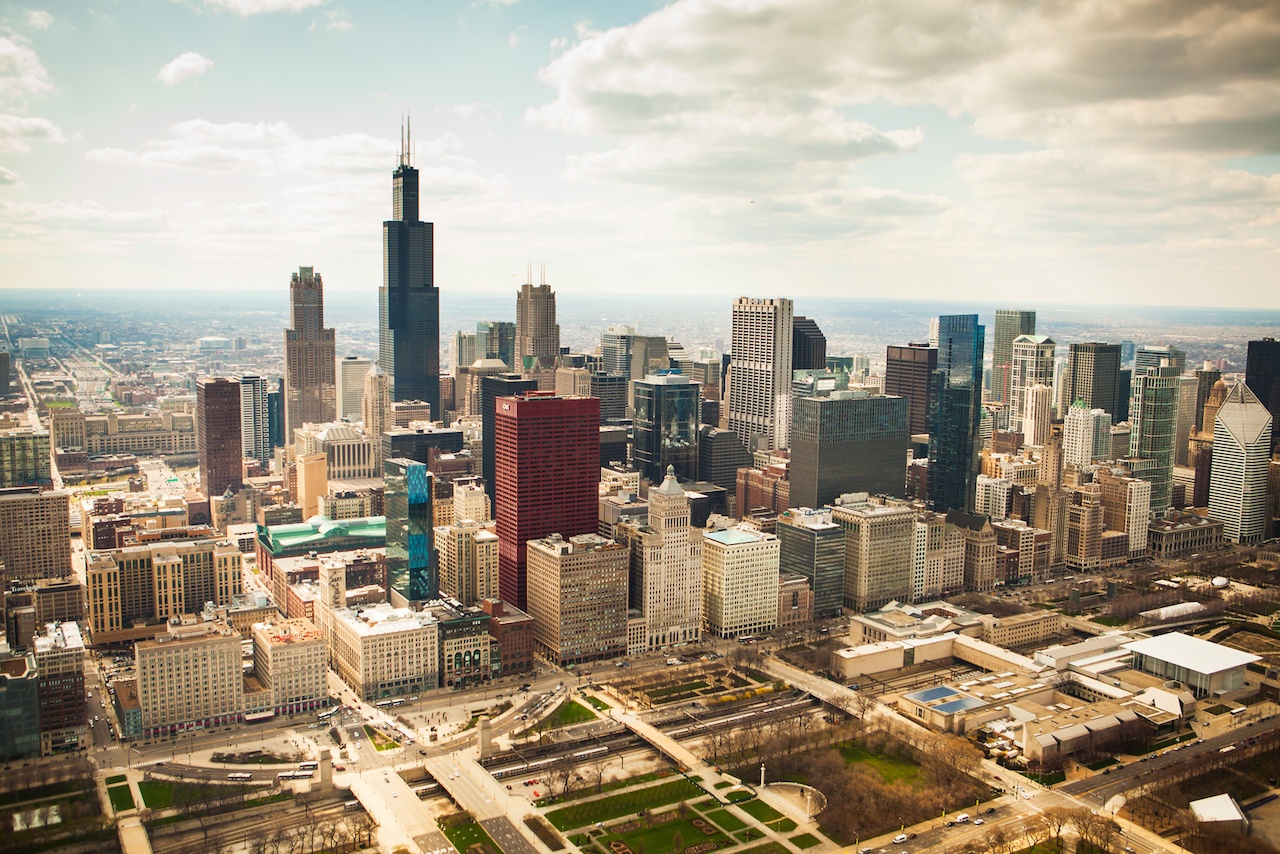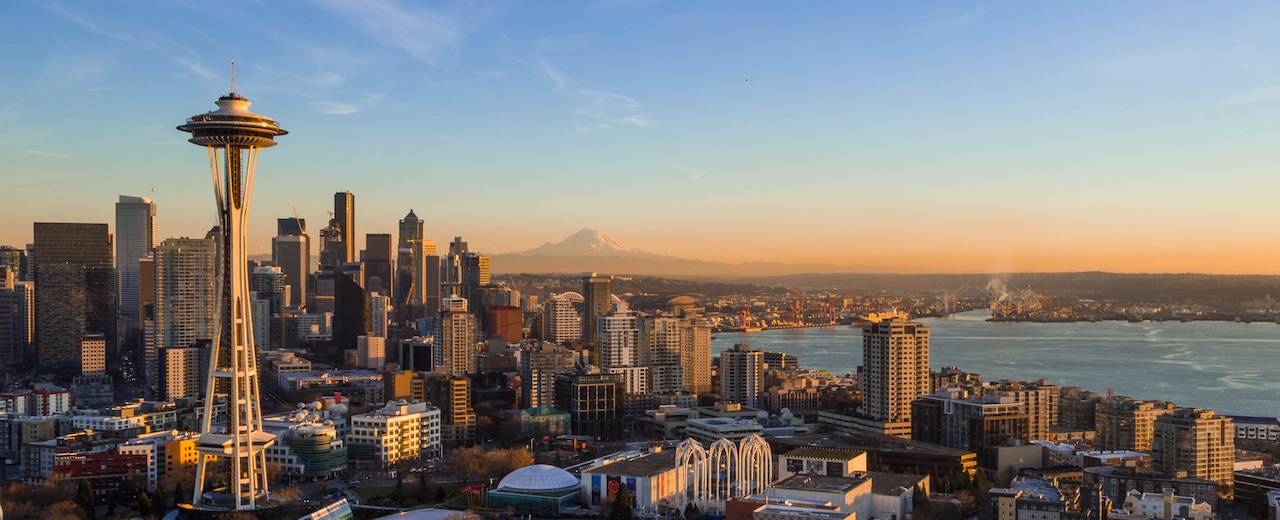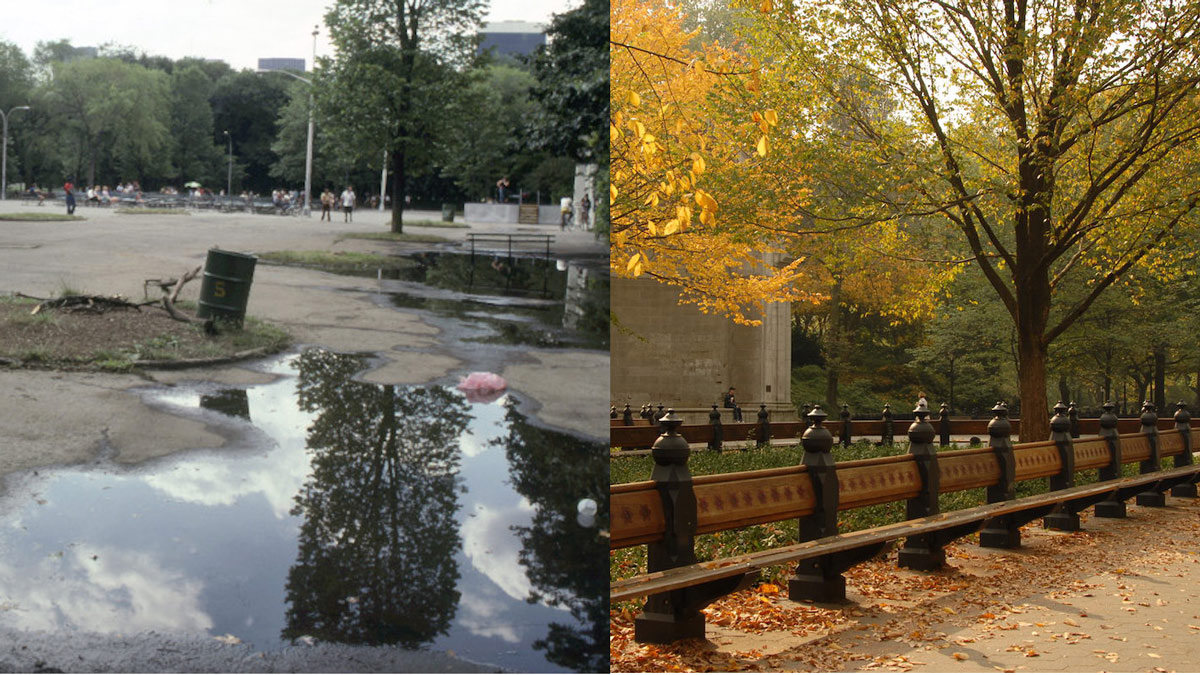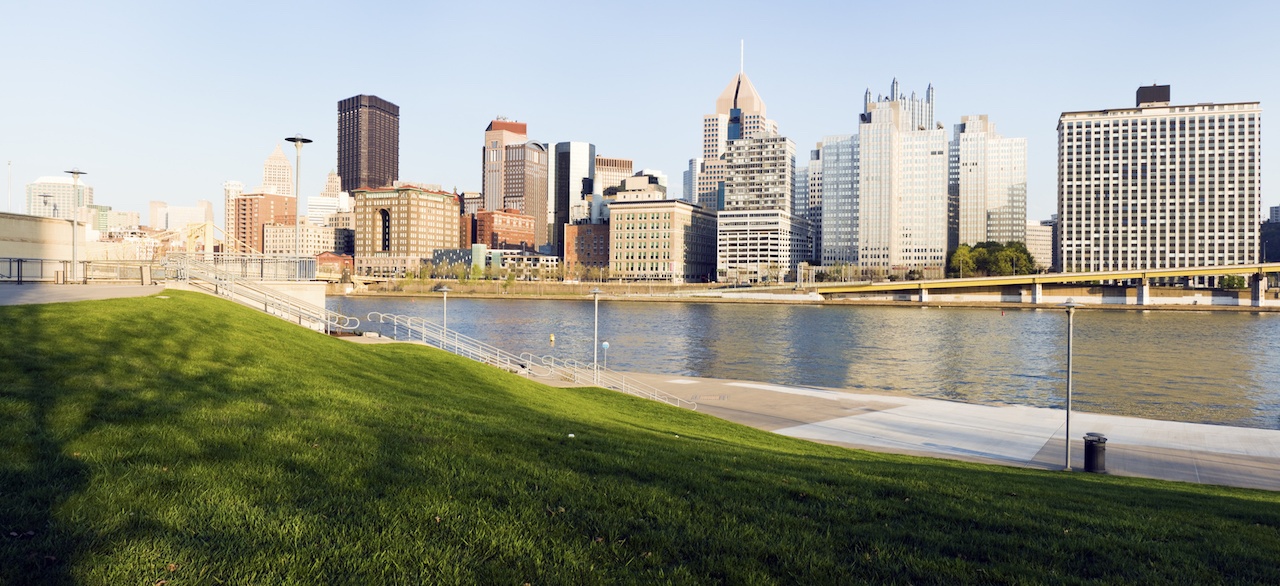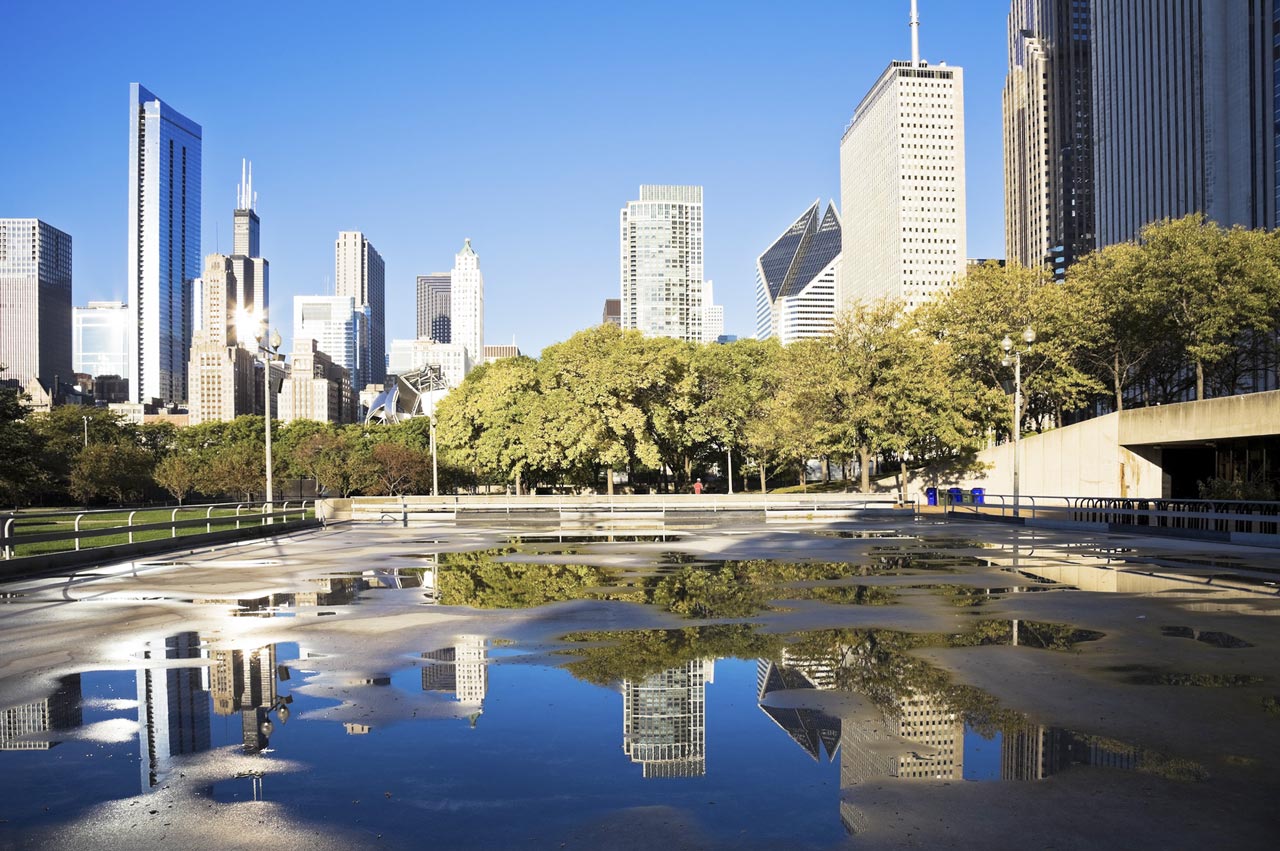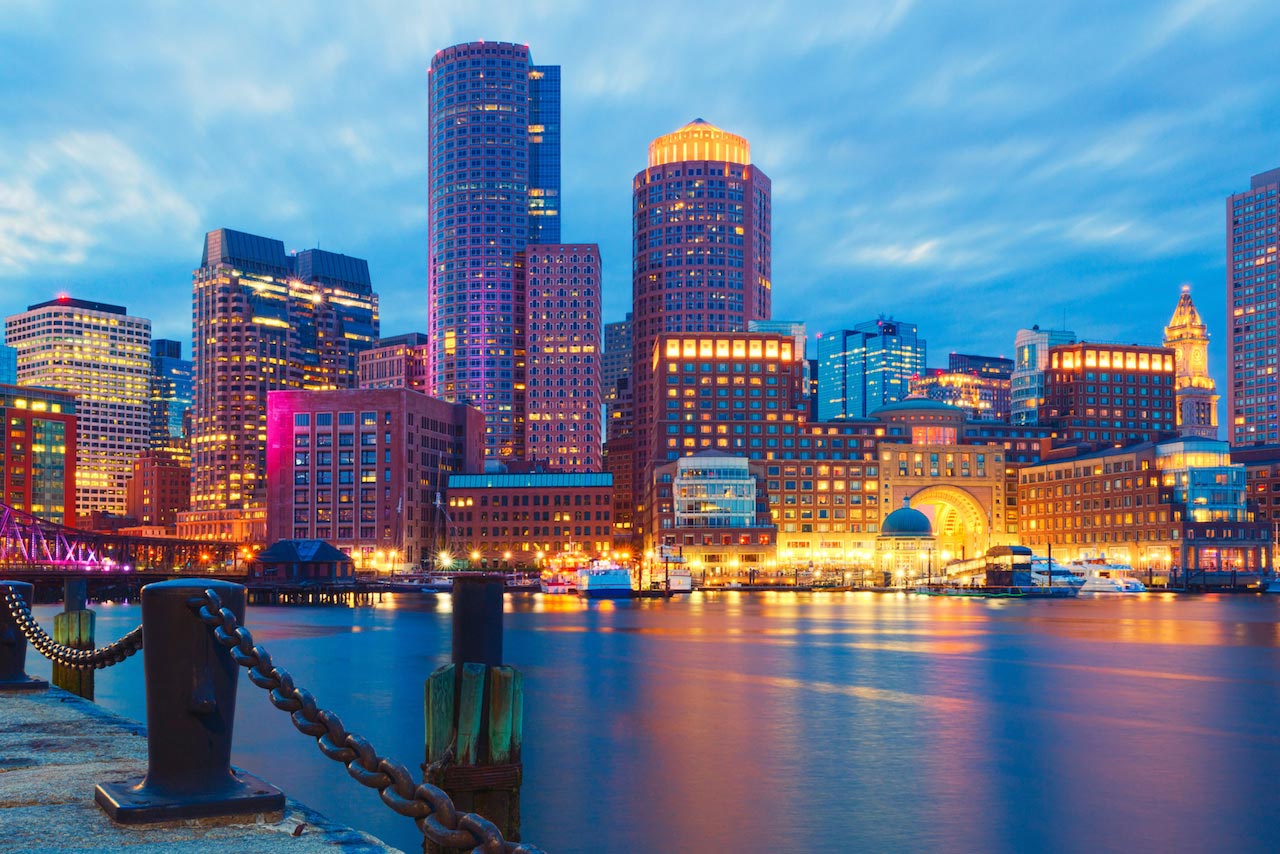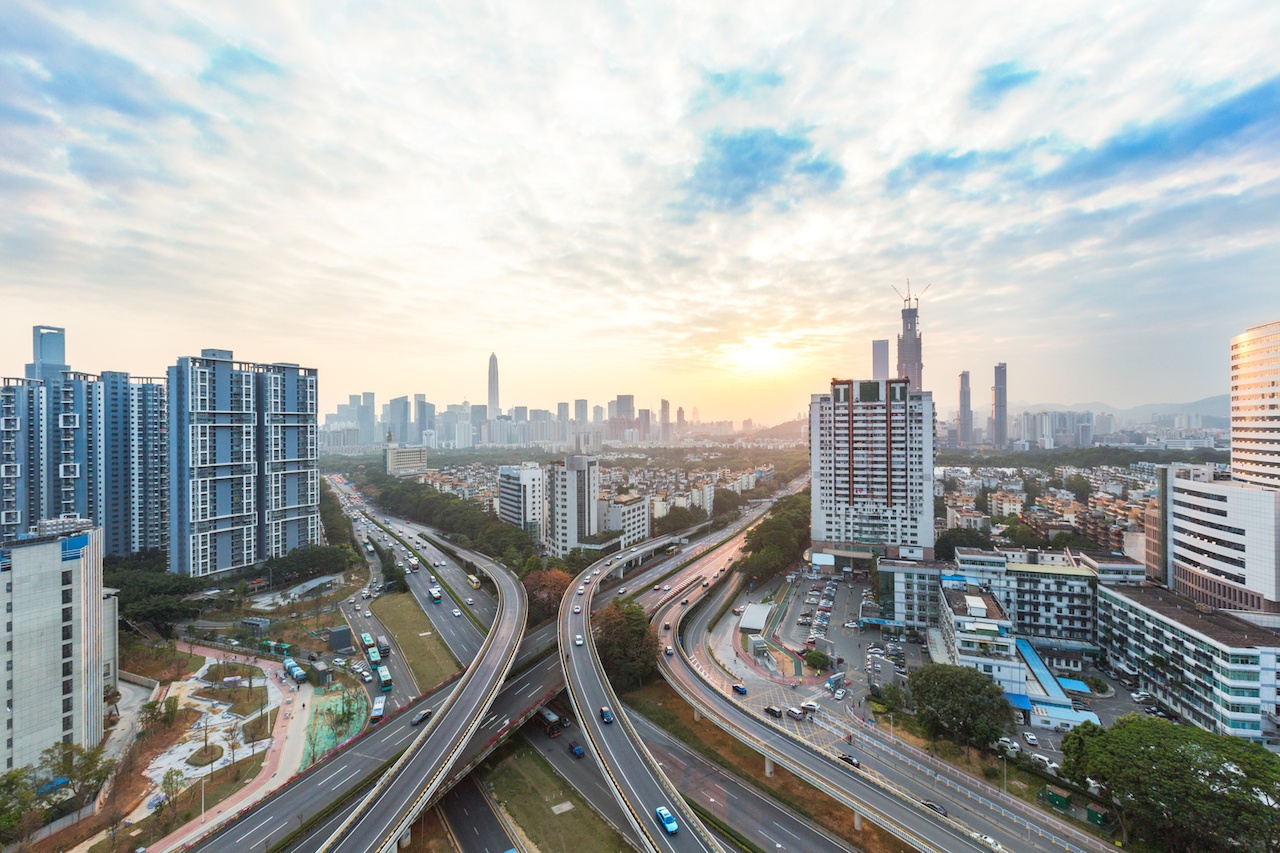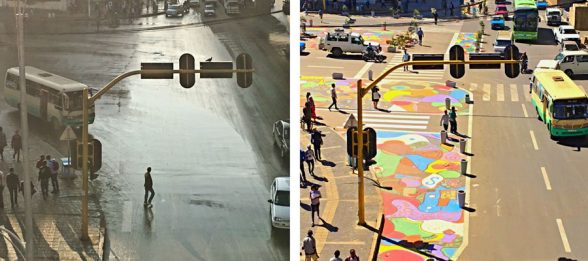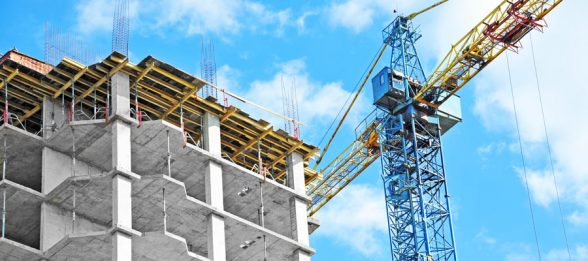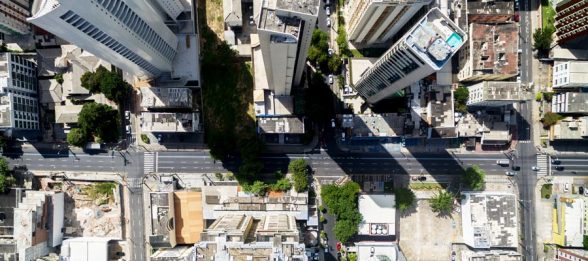Infrastructure
A broad category of content focused on infrastructure-related topics in cities.
Examples: the built environment, building management systems, smart lighting, airports, street design
Leveraging Big Data & Analytics to Revitalize Brownfields
Brownfields are sites that are vacant or underutilized due to environmental contamination, real or imagined. There are brownfields of some kind in virtually every city and town in the U.S., usually related to a gas station, dry cleaner, auto repair shop, car dealership or some other ubiquitous local business that once benefited the community it now burdens with environmental hazards or old buildings.
In addressing this issue, technology has not been effectively deployed to promote redevelopment of these sites and catalyze community revitalization. We find that the question around the use of technology and data in advancing the redevelopment of brownfields is twofold:
How can current and future technology advancements be applied to upgrade existing brownfield modeling tools? And then, how can those modeling tools be used to accelerate transformative, sustainable, and smart redevelopment and community revitalization?
New Public and Private Funding Strategies for Urban Parks
Across the country, urban parks are enjoying a renaissance. Dozens of new parks are being built or restored and cities are being creative about how and where they are located. Space under highways, on old rail infrastructure, reclaimed industrial waterfronts or even landfills are all in play as development pressure on urban land grows along with outdoor recreation needs.
These innovative parks are helping cities face common challenges, from demographic shifts, to global competitiveness to changing climate conditions. Mayors and other city officials are taking a fresh look at parks to improve overall community health and sense of place, strengthen local economies by attracting new investments and creating jobs, help manage storm water run-off, improve air quality, and much more. When we think of city parks holistically, accounting for their full role in communities, they become some of the smartest investments we can make.
California to be at 50% Renewable Energy by 2030
In addition to meeting traditional electricity needs for homes and buildings, demand for electricity is growing with increased population, economic growth, water pumping, recycling and desalination, and millions traveling in electric cars, buses and rail. Although California has only 13 percent of the nation’s population, it has half the nation’s solar power, half the grid storage, and half the electric vehicles.
California is on track to use 50 percent renewables in 12 years. Today, California is coal free and nuke free, generating 40 percent of electricity from solar, wind, geothermal, and hydropower. Wind and solar power are being added, often for less than four cents per kilowatt-hour. Renewables, energy efficiency, energy storage, microgrids, and software are enablers of the transition from fossil fuels to clean energy.
Unlocking Deep Energy Efficiency in Buildings
In the United States, buildings themselves, plus the plug loads of their tenants, use 70 percent of all electricity and account for 40 percent of all carbon emissions. At least half that power is wasted, due to inefficiencies in the ways those buildings are designed, built and operated.
Just over two years ago, the City of Seattle pioneered a new approach to incentivize energy efficiency in new and existing buildings. Known as the Metered Energy Efficiency Transaction Structure – or MEETS – the program turns a building into a revenue-generating “energy efficiency power plant” by measuring the energy it does not use, and paying an investor for the value of that energy.
Replicable and Scalable Urban Park Management
The Central Park Conservancy was instrumental in saving Central Park. In fact, our P4 model has been emulated in hundreds of other parks ― showing that our restoration and management successes are replicable and scalable by other urban park professionals caring for green spaces around the country and beyond.
So when asked, “How do you do it? How do you keep Central Park so beautiful and inviting?” the scalable and replicable answer that we give to everybody is a 3-step framework: Restore, manage, and engage. From day one of the Central Park Conservancy, our logic model has been built on the belief and experience that if we restored Central Park, managed it, and engaged the public in its use and care, it would become (and remain) a vital part of New York City life. It worked here, and we’re confident it can help parks everywhere.
How Green Infrastructure in Parks Can Lead to Community Empowerment
Green infrastructure stormwater management has been become a preferred alternative to traditional approaches to controlling stormwater in many urban communities. The many environmental and economic benefits such projects achieve are proving the value of green over...The Next Era of Market Finance for Resilience
Walking through my Midwestern neighborhood, I spy innovations that suggest we are up to the challenges that a changing climate triggers. I see storm sewers with “rain blockers” that delay rainwaters’ approach to them during and after big rains; “permeable alleys” that...Maintaining Boston’s Vibrancy and Transportation Systems in the Face of Sea Level Rise
A city reclaimed from the sea Settled by European colonists in 1630, Boston was founded on the narrow Shawmut Peninsula behind the protective landforms of what are today Stellwagen Bank, Winthrop, Hull and the 34 Boston Harbor Islands. Our ancestors sited Boston...Innovative Financing & The Myth of the Shovel-Ready Project
With every new Administration in Washington there are always sweeping promises about improving the nation’s infrastructure. Since the last recession, these promises have become inextricably linked with talk about mobilizing private finance. In 2009, after the...Global Street Design Guide
In the time it takes you to read this post, five people will die. Not from heart attacks or handgun violence, but in vehicle crashes around the world. Some will be pedestrians crossing the street on their way to school or work. Many others will be caused by people...2030 Districts: High Performance Building Districts Leveraging Public-Private Partnerships
Our cities can be the cornerstone of the green circular economy, supporting resilient societies and inclusive communities with universal access to public services and economic opportunity. The WBCSD’s cornerstone Vision 2050 report calls for laying out a pathway to a...Eight Ten Moneyball Metrics for Competitive Cities
In a world where people can increasingly choose to live anywhere, cities have to compete in ways that they never anticipated. However, there are some not-so-obvious “Moneyball” metrics that will help to promote city attractiveness, sustainability, resilience, and success.

